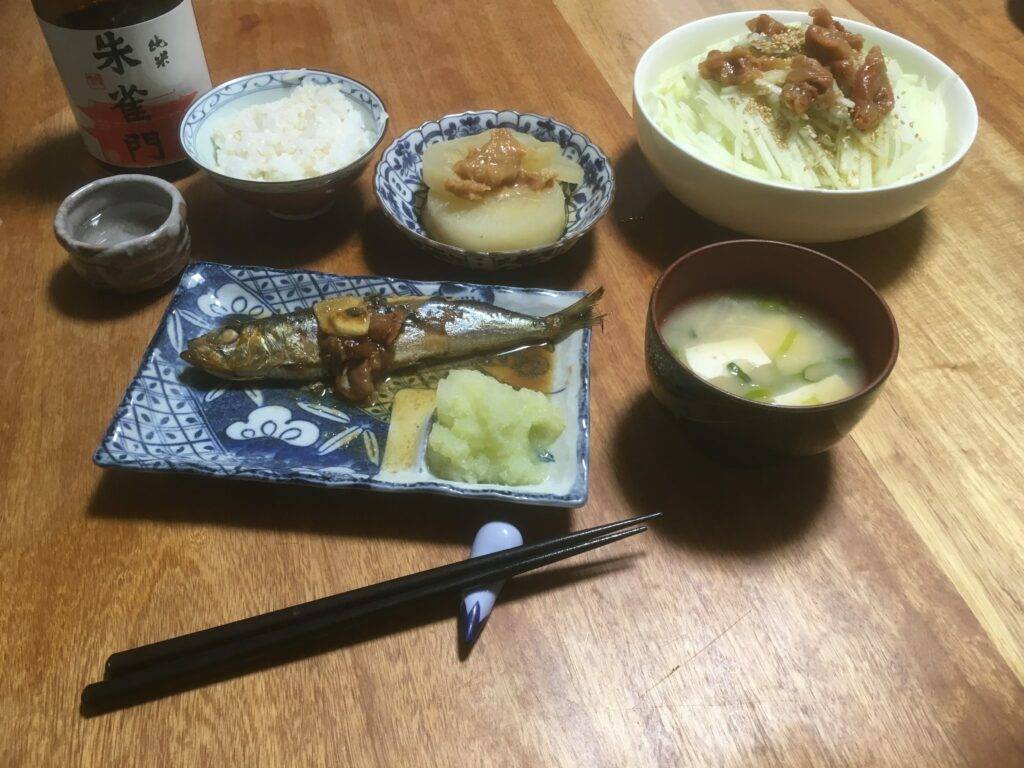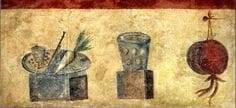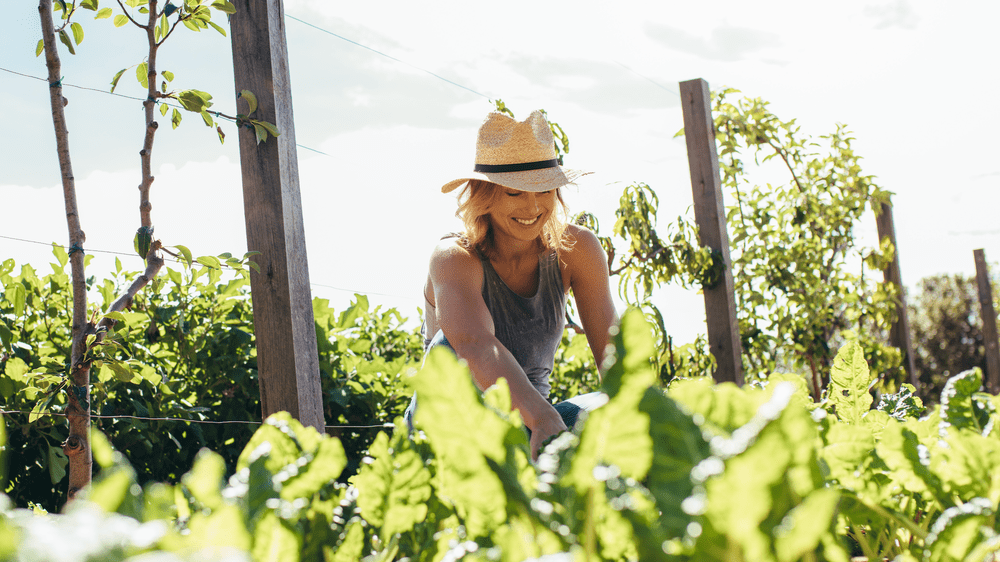The Japanese winter is not pleasant. Northern winter winds from the Asian continent whip down the valleys bringing rain and snow, and more often than not, the skies are grey. The trains are packed with sniffling people coughing behind disposable white surgical masks; you are constantly on your guard against colds and influenza. Seeing how bundled up I get, Japanese and ex-pat friends often ask me, “Are you sure you’re from Canada?” Sure, winters are much colder in Canada, but the houses have insulation and central heating. Japanese houses lack both. With a space heater under my desk, my calves are warm, but my backside is not. My bathroom is usually only a couple degrees warmer than it is outside – 5C or maybe 10C. I sleep in a wool hat and with a hot water container called a yutanpo as if it were the 18th century. Above all, it is the dampness that gets into the bones, and makes it miserable.
- Daikon left out in the big refrigerator, bracing against the cold northern winds and snows that come down the valley from the mountains.
- Daikon left out in the big refrigerator, bracing against the cold northern winds and snows that come down the valley from the mountains.
Two things however, make the Japanese winter bearable, and curiously, both can ultimately be traced back to ancient Rome: onsens – hot springs or public baths – and the long white radish called daikon.
Versatile, healthy, and tasty, daikon truly is the supreme winter root vegetable. It’s a symbol of fertility, health and longevity in Japan, and may be found at Shinto shrines dedicated to prosperity, such as at Zezu Jinja, just up the river from my house. It is mostly planted in September with the other winter vegetables and harvested from December through March, however, in my part of Japan, the Kansai region near Osaka, it may also be planted in mid-March and harvested in June. In Canada, it would be planted in May and harvested in July.
- Children write their new year’s wishes and resolutions on a huge daikon sculpture in front of a prosperity shrine at Zezu Jinja, Kyoto prefecture.
While originally believed to be native to China, the original long root white radish is now known to have originated in the Mediterranean and Black sea areas. The Roman writer Pliny the Elder (AD 23-79) mentions this long, semi-transparent radish as one of three kinds found in Rome in his Natural History [Book 19.78-87] with extensive notes on its digestive properties good and bad, as well as its planting methods and seasons which match the Japanese seasons mentioned above. Like the Japanese, the Greeks sculpted radishes to place in temples; one such radish was made of gold and dedicated to the oracle at Delphi. A surviving fresco from Pompeii depicts one next to a basket of figs and grapes. In addition to epicurean uses, the ever-resourceful Romans used the frighteningly large radish – some might say appropriately – as a punishment for rapists. ‘Nuff said.
When it was first brought to Japan around 700 A.D. from China, there were hundreds of varieties, most of which have gone extinct due to the modern affection for monocultures. There are, however, efforts to bring back the Edo period varieties of Nerima, Kameido, and Miura, which were popular until the late 1980s when diseases and urbanization all but wiped them out. At present, the Aokubi or “green necked”, makes up 90% of the daikon grown. It’s named after its top which sticks out of the ground, receiving sunlight, and therefore turning green, while becoming sweeter, making the top best for salads. The rest of the root, which grows below ground, stays white and is good in soups or as a main dish.

My daughter at 8 with our biggest Daikon ever.
I cannot recommend daikon highly enough. It grows easily in loose, deep, moist soil, and planting is simple. On a mound, use a glass jar or even your heel print to make a small 4 cm depression, drop in four to five seeds and cover. I usually add sumi, or charcoal dust, for extra nitrogen and to keep the bugs off its delicate baby leaves. However, its natural peppery flavour is caused by an enzyme – myrosinase – that the plants in the family Cruciferae, from mustard to wasabi, developed to fight off herbivores, so one does not have to worry about insects for long. After they’ve sprouted, thin out the weaker ones and leave only the one that appears strongest, or you’ll get a few smaller, stunted daikon, similar to carrots too closely grown together.
While considered a biennial, I have collected my own seeds from it annually since I planted my first over eight years ago, simply by leaving one in the ground and letting it flower. When the pods are fully developed, I simply cut the top off the daikon and hang it to dry. The seeds grow in pods so plentifully, I always have an excess. Though it is not common in Japanese cuisine, the pods or siliques, when still tender and green, can be eaten and are apparently delicious, making the entire plant edible, from root to top.

Daikon and other seeds drying out in May.
Daikon greens are one of the seven herbs of spring, chosen for its promotion of digestion and longevity. A low-calorie food, the root has only 18 calories per 100grams, and is full of vitamin C (27% of vitamin C RDA), potassium, and phosphorous. It’s said to open constricted blood vessels and relieve migraines. The leaves, eaten in salads, or lightly fried to be eaten with rice, are also high in vitamin C, beta carotene, calcium, and iron. The author of Japanese Women Don’t Get Fat or Old (2006), Naomi Moriyama, claims it is the secret to the low obesity rate (3%) and longevity (85 years) of Japanese women.
- Daikon Root
- Daikon Greens
Indeed, as it contains the enzyme myrosinase – also thought to be the silver bullet in broccoli – daikon consumption is believed to lower the risk of heart disease, diabetes, and cancer. The Japanese believe, as did the 9th century Frankish Monk Walafrid Strabo, that daikon relieves colds. Strabo thought the root suppressed coughs, and believed mixing crushed radish seeds in a drink would heal the cold altogether; Chinese herbalists boil it with seaweed to rid the body of toxins. And these are just a few of daikon’s more believable health-giving properties. The less-scientific ones include everything from aiding childbirth, removing freckles, seeing witches, and most unbelievable of all – try as I might – curing baldness. Perhaps if I can find some dried sheep’s heart, I will mash it up with daikon and honey and try the famous English botanist, John Gerard’s remedy for baldness from 1597. But why waste good food?
Daikon is featured in everything from soups and salads to pickles, sauces and main dishes – there are hundreds of recipes made with daikon. Daikon is in almost every lunch counter meal and bento box, if only as a tsukimono, or pickle, to aid digestion. Oroshi, or grated daikon, is used to balance the flavour of salty and oily fishes, and all kinds of meat.
Oroshi may be eaten plain or with various condiments. My favorite is grated daikon with ponzu, a mixture of soya sauce, rice vinegar, mirin, kelp, bonito flakes and yuzu, a small citrus fruit like a cross between an orange and a lime. Balance is everything in Japanese cuisine, as in Buddhism, and when you eat oroshi or pickles with any heavier dish, you do feel lighter. Since the Edo period, when the Portuguese introduced deep fried, flour- and egg-battered foods to Japan, daikon was also added to the tempura sauce, tentsuyu. This aspect of home remedies proves true; grated daikon does aid digestion as it contains three different digestive enzymes: diastase, amylase and esterase.

A typical light lunch: miso soup with daikon, daikon and cabbage salad, fried daikon, daikon pickles, rice and salted salmon.

A classic winter dinner: grilled mackerel oroshi, pickled plum and ginger; tofu and daikon miso soup; daikon salad with honeyed pickled plum and sesame dressing; dashi boiled daikon rings with miso paste; rice and sake.
Daikon is the most popular Japanese vegetable for a reason. This long, white radish is also dried into thin strips as kiriboshi daikon. It is then rehydrated and lightly fried in sesame oil with very thin strips of carrots, abura age or deep fried tofu, sesame seeds, and sometimes finely minced chicken. I cook based on what is ready in the garden, and I prefer simple foods, so the bulk of my winter diet is made up of miso soups with cubed daikon; daikon cut in long narrow slices for salad with a sesame oil, rice vinegar and umeboshi or honeyed pickled plum dressing, as well as fried daikon coins smothered in a miso or oroshi sauce.
The Japanese produce and consume 90% of the world’s daikon, but this must change! Most of the time ex-pats bemoan the lack of foods from their native countries, but daikon is one food I bemoan not growing up with in my own country, because it is one of the most delicious, healthy and healing foods there is, especially for cold ridden northern climates, and it’s definitely a vegetable Canadians should be planting more of.
Keith is an environmentalist, university lecturer, musician, author, and organic farmer. His Master’s thesis on Roman Agriculture in North Africa, is from Concordia University, where he taught Roman history and Greek mythology, as well as writing and study skills. For over two decades, Keith has lived in Japan where he teaches academic writing, debate and social studies at three universities; plays three times a month with his band, Roman Rhodes and the Born Again Pagans; and of course, gardens. He is currently working on a book about farming in Japan, focusing on its traditional methods’ benefits to the environment and the absolute necessity of the small farm to our survival.































